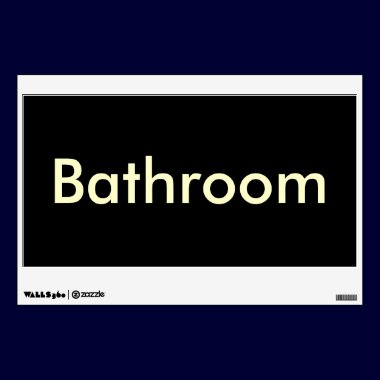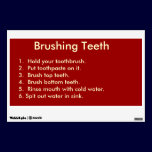Suggestions
- Install security doors for the special unit. While no one likes the feel of locking people in, Alzheimer's patients sometimes wander or run -- especially if they forget where they are. Additionally, turning doorknobs is an activity that often attracts dementia patients, which contributes to the chance of their meandering off and getting lost. For patients' safety, doors are needed, which require a security code or pass to unlock. Both staff and visitors should have a way to unlock the doors.
- Place glass cases, cork-boards or display units outside each patient's room that families and staff can use to place information about the patient. Photos, awards, nicknames, hobbies, favorite colors, favorite songs, and personal history are all good things to include. These displays serve to help staff and visitors know more about patients and to elicit memories and clarity through familiar, positive topics of discussion.
- Use natural light and light colors in the environment as much as possible. Darkness can contribute to depression to which Alzheimer's patients are particularly prone.
- Incorporate smell into the environment. Some dementia facilities have ventilation that brings smells from the kitchen into the special units. Others make popcorn or place fresh flowers around the unit. Smells are powerful triggers of memory and can help bring out positive emotions and associations.
- Design several visiting areas where patients and families can spend time in a comfortable setting. Consider rooms and spaces that feel like living rooms or dining rooms. Outdoor patios and garden seating allow residents and families to enjoy natural, relaxing settings that escape the feel of a facility. Good dementia programs encourage visitation and therefore need spaces that will be inviting and desirable to visitors.
- Furnish rooms with furniture and shelves that give residents space to place photos and favorite objects. Alzheimer's patients respond well to memory triggers such as photos and often find comfort in things that are familiar. Artwork, stuffed animals, trophies and plants are a few things that help personalize a room and comfort a dementia patient.
- Include an activities room with games and television. It should be designed so that you can host group activities in the room such as painting, knitting or bingo. Activities are important for keeping patients engaged and happy.
_________________________
Dementia Signage for the Home
see on 2 products
see on 2 products
see on 7 products
see on 7 products
$35.95 - Phone List Wall Decal
see on 2 products
$35.95 - Temporary/Reusable Sign/ Wall Skin
see on 7 products
see on 7 products
see on 7 products

















No comments:
Post a Comment